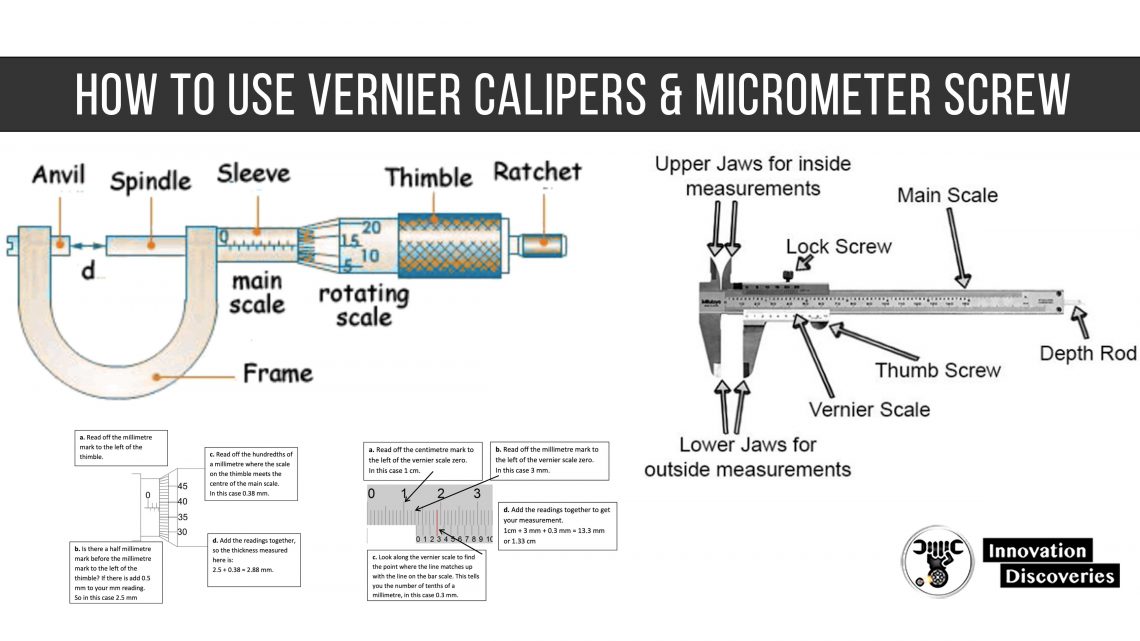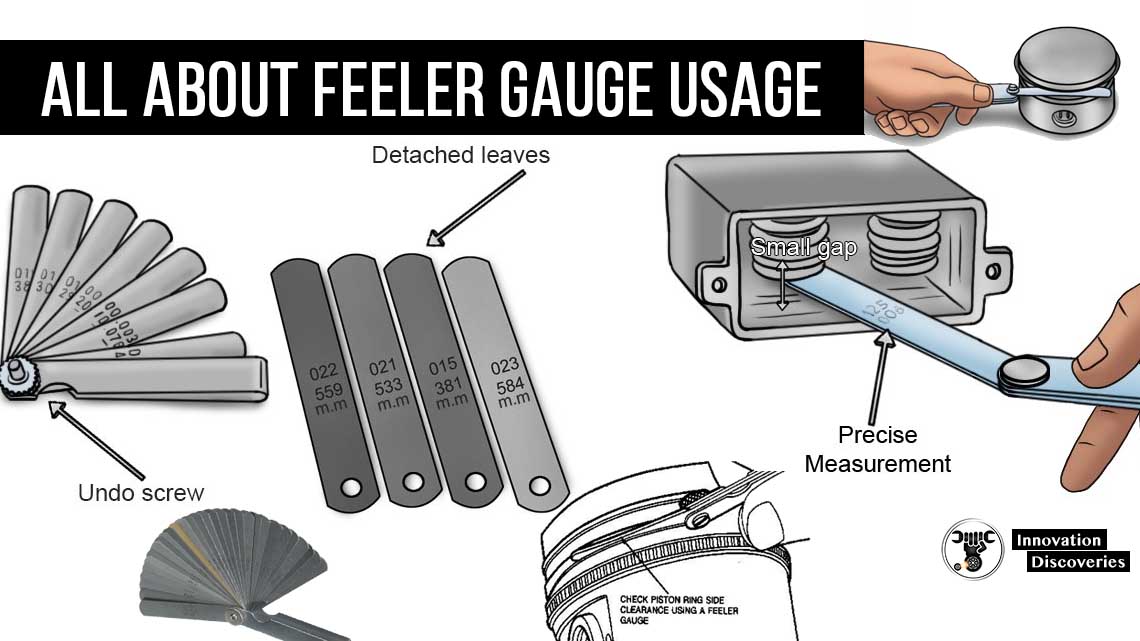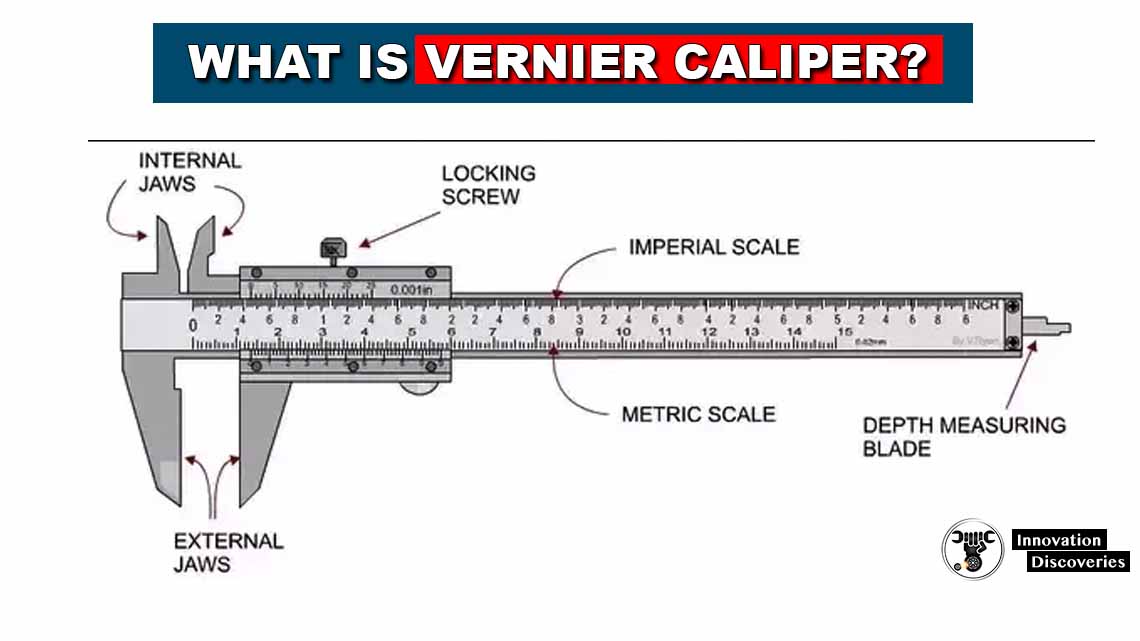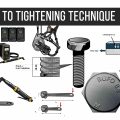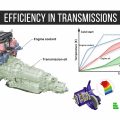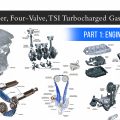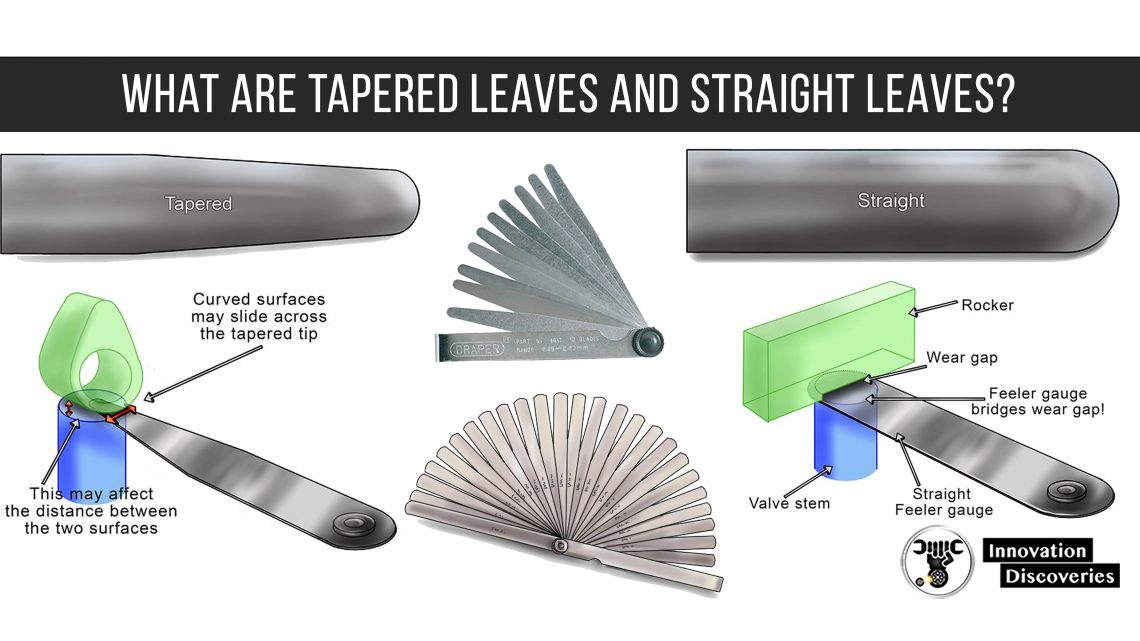
What are tapered leaves?
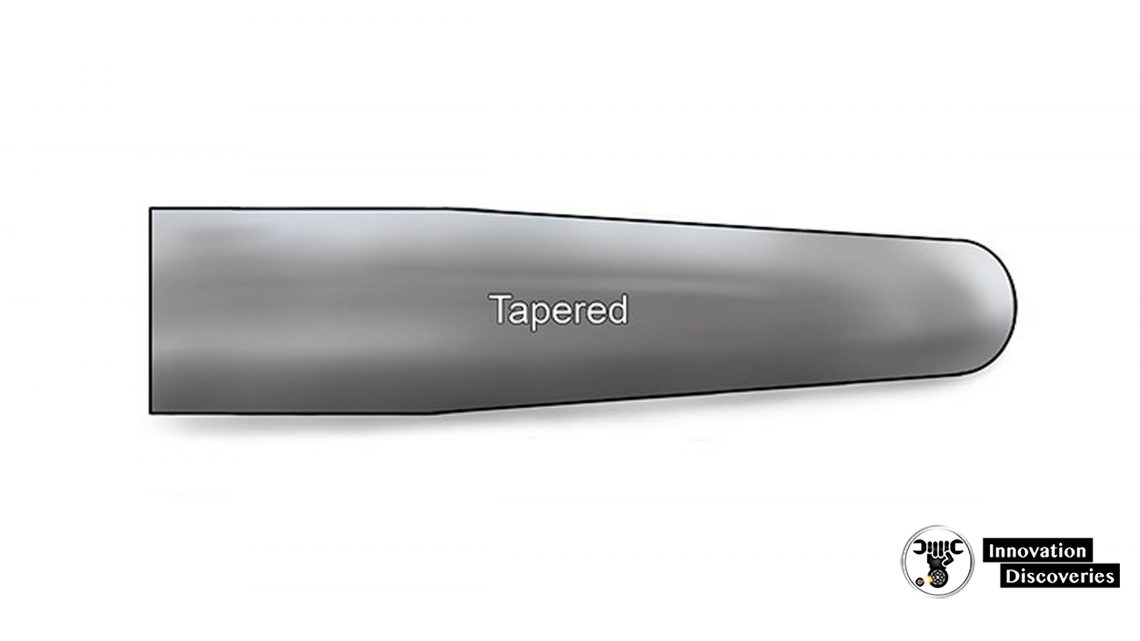
Tapered leaves are gradually narrowed towards the tip. They tend to be shorter than straight leaves. The leaves have smooth rounded edges for comfort and safety when handling.
Advantages
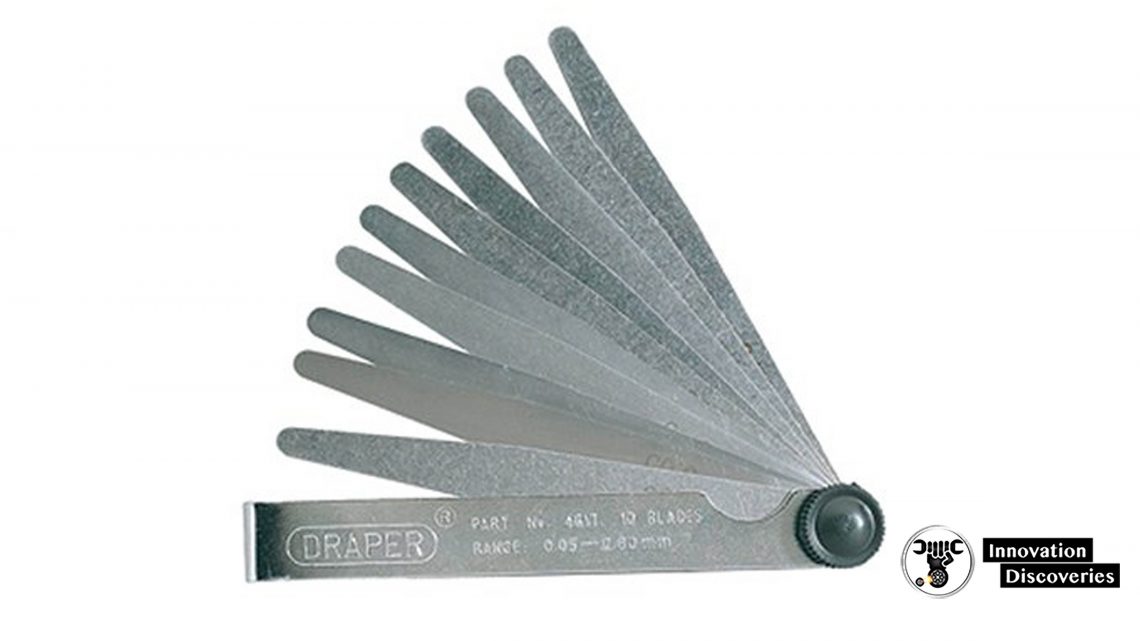
Tapered leaves allow measurements to be taken in tight, awkward spaces because of the slip taper design.
For this reason, they are often preferred by mechanics and servicemen.
A tapered feeler gauge has a small tip radius. Here the gauge fits into the wear gap and does not bridge across it.
This allows the correct measurement to be taken between the rocker and the valve stem.
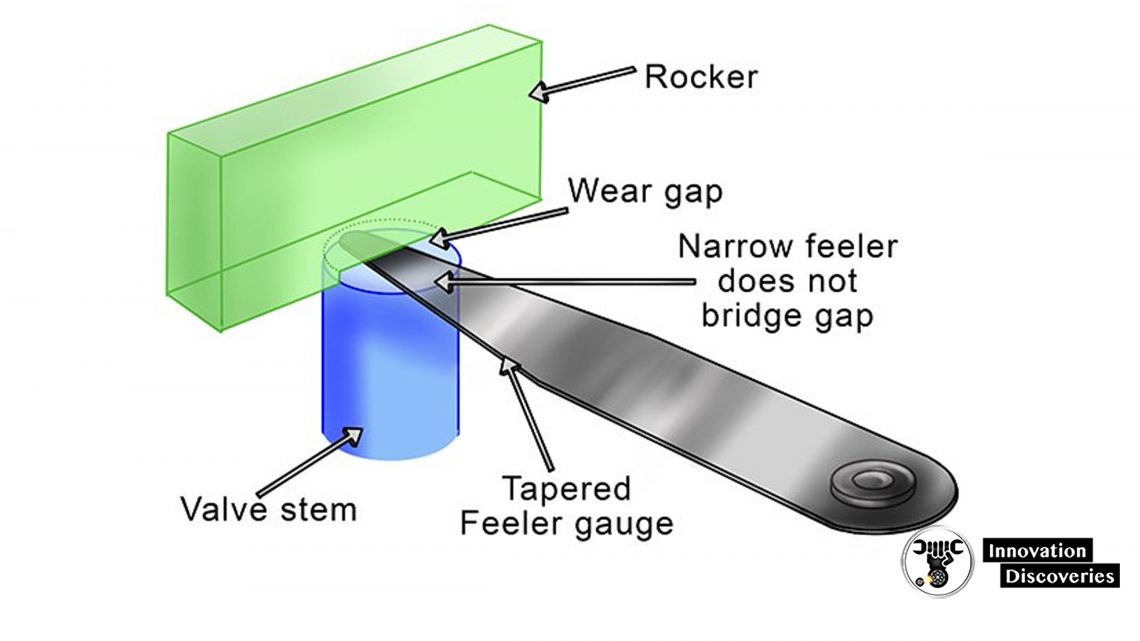
Disadvantages
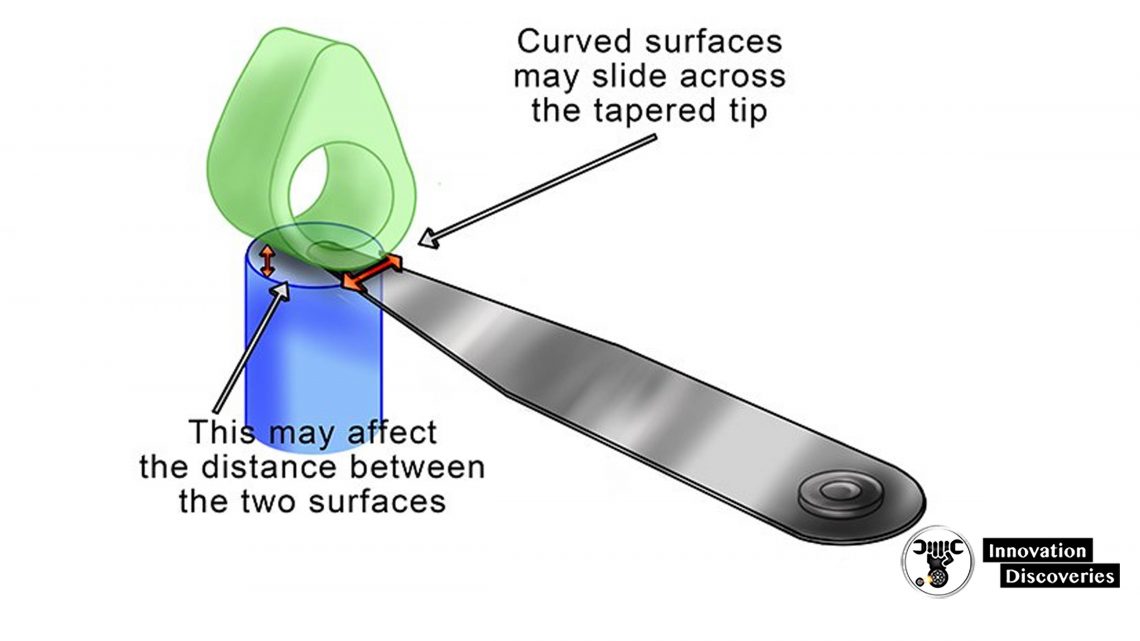
The smaller width design means curved surfaces may roll across the tapered edges as the gauge slides into the gap.
The two surfaces on either side of the gauge’s tapered tip may move so they become closer to the blade edges of the feeler gauge.
This would not be reflected by the measurement. Tapered leaves are best suited to measuring small-width clearances. (Where parts have to be a set distance apart for only a short distance).
What are straight leaves?
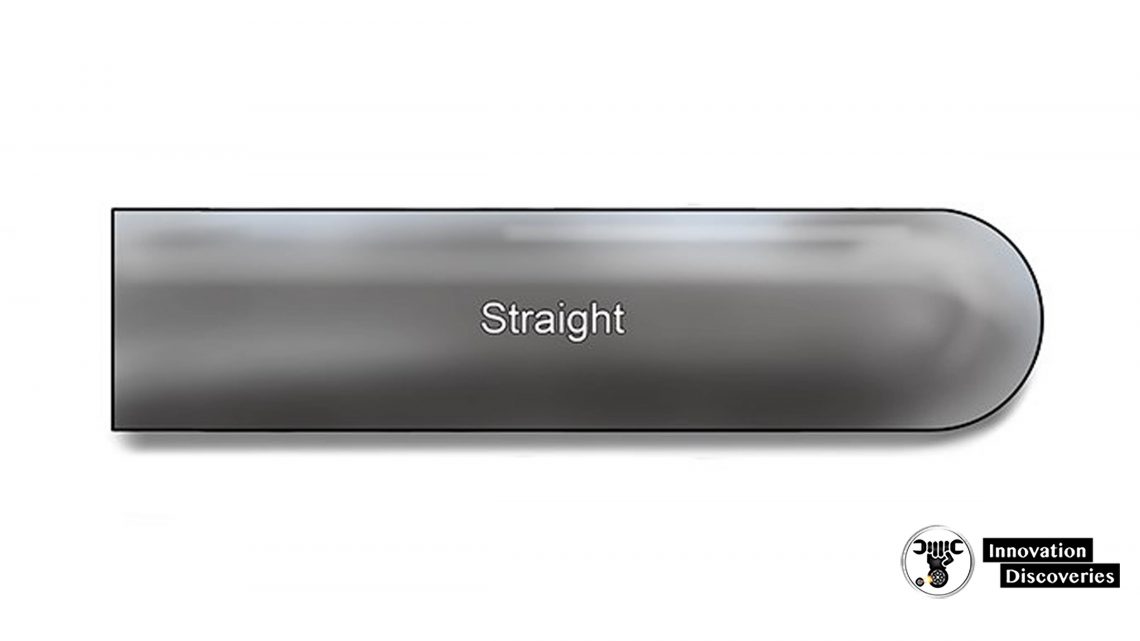
Straight leaves may also be referred to as parallel leaves. The sides are parallel from the locking screw to the tip.
The leaves have smooth rounded edges for comfort and safety when handling.
Advantages

Straight leaves are used to verify a wider clearance between surfaces, which should be parallel.
For this reason, machinists and engineers often choose to use straight-leaf gauges.
A straight blade design ensures, whilst measuring a clearance, that parts do not slide over the top of the gauge.
The consistent width prevents parts from sliding off the sides of the gauge.
Therefore, the surfaces do not get closer to the tool’s edges. (Straight gauges are useful for setting wide parallel clearances).

Disadvantages
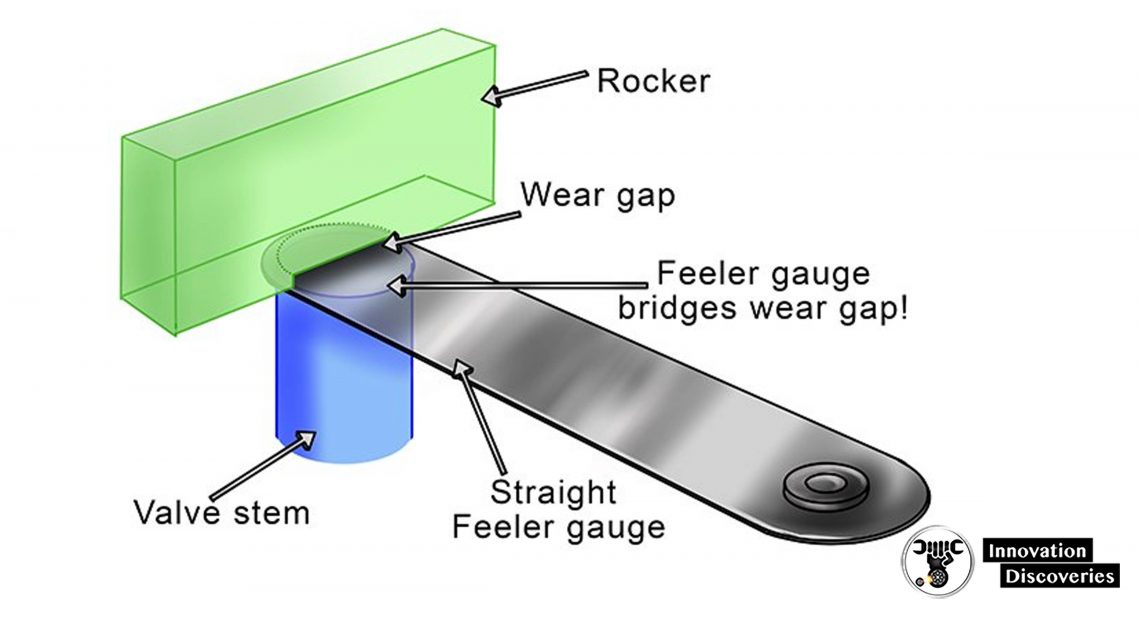
Straight leaves are sometimes too wide to fit precisely between parts, for example, between the rocker and the valve stem.
The measurement taken would be incorrect as it is equal to the feeler gauge plus wear depression. A tapered feeler gauge should be used for this measurement.
DISCOVER MORE:
Read: HOW TO GAP SPARK PLUGS: EXPLAINED IN SIMPLE STEPS
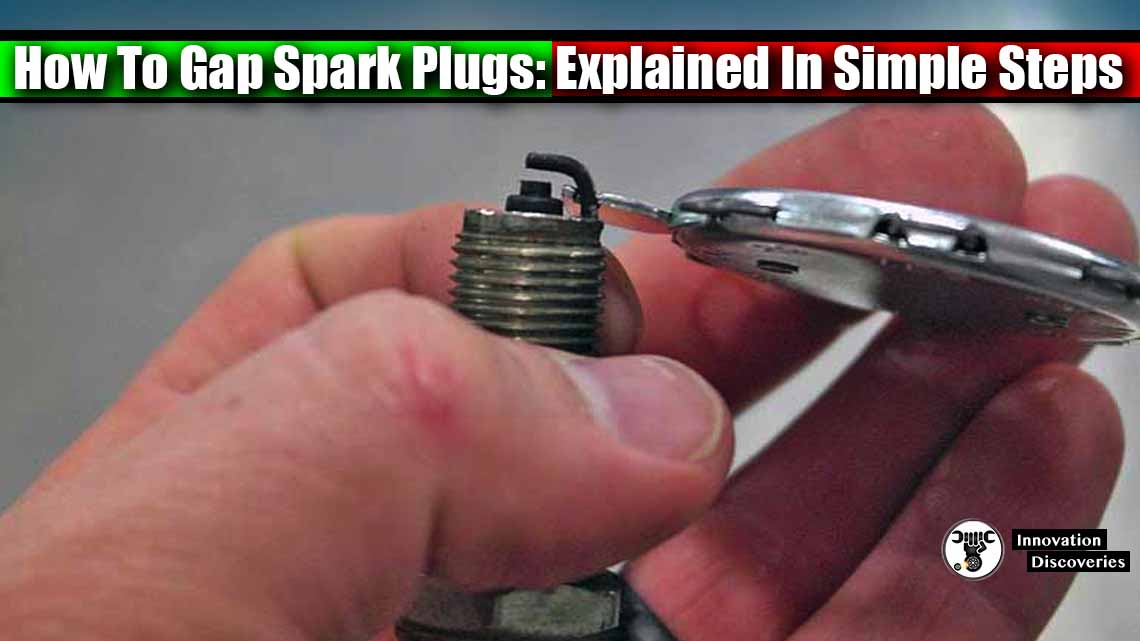
Visit Forum
Visit Our Friendly Website


